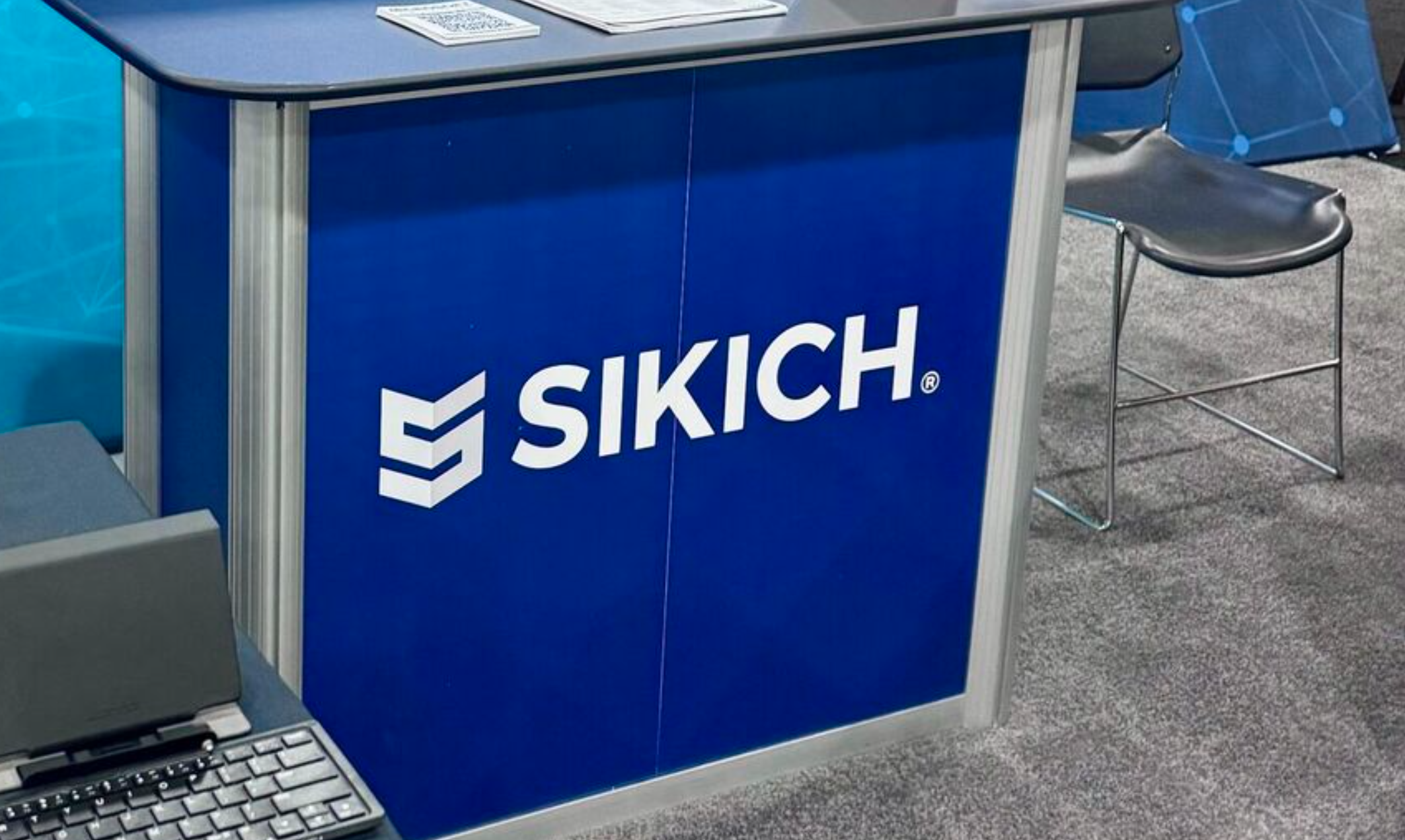For more than a decade, hospitals all over the world have depended on medical instruments developed by Camarillo, California-based Kinamed Inc.
From tools used in craniotomy and cranioplasty to a computer-aided navigation system used for knee anthroplasty, the small biotech firm manufactures high-tech instruments to keep up with doctors’ and patients’ needs.
That’s where the importance of research and development comes in, said Kinamed Vice President William Pratt. About 10 percent of the company’s revenue is directly linked to new technologies developed by in-house engineers and designers.
“We are an innovative company, so having some cash to invest in developing new technology is very important,” Pratt said. “More money back to the company means we don’t have to go outside for funding or sell more stocks. Now we can have more latitude to do research and pursue projects.”
Local companies like Kinamed plan to take advantage of the research and development tax credit, which lapsed in January 2012 but was retroactively reinstated to the end of this year as part of the “fiscal cliff” tax package signed by President Barack Obama. The credit provides incentives for technological advances, including hiring more workers who perform R&D.
Research and development expenditures generally include all costs connected to the development or improvement of a “product.” The IRS defines product as a company’s invention, patent, process, pilot model and technique. It could also include attorney’s fees incurred in making and perfecting a patent application.
According to a study released in January 2012 by the nonpartisan Center For American Progress, investment in R&D is a major economic generator, accounting for $5 billion to $10 billion annually in corporate tax expenditures in the U.S. federal budget.
According to the study, the federal government spent about $104 billion on R&D, which accounted for 26 percent of all U.S. R & D spending in 2008. Meanwhile, businesses funded about 67 percent.
The six U.S. industries that topped R&D spending include businesses that focus on computers and electronic products; aerospace and defense manufacturing; software and computer-related services; automotive; chemicals and pharmaceuticals; and companies that provide scientific and engineering services for other firms.
These six industries accounted about 78 percent of self-funded R&D in 2008, according to the study.
While the amount of money spent locally on R&D is not tracked, the economic impact is significant, said Bruce Stenslie, president and CEO of the Economic Development Cooperative-Ventura County.
Ventura County is ranked fifth in the nation when it comes to “very high-tech manufacturing” wages, averaging $119,349, according to the most recent study released by Brookings Institution.
“On average, high-tech manufacturing companies bring in the high-wage jobs and are primary contributors to the region,” Stenslie said. “It also helps us retain and attract other firms who rely on similar sort of talent that focus on investing in new product research.”
Thousand Oaks-based Amgen relies heavily on R&D. The biotech company announced last month that it has acquired a new drug company, Atara Biotherapeutics, which could lead to other locally-based Amgen operations.
“Amgen is pleased that the R&D tax credit was extended as part of the American Taxpayer Relief Act of 2012,” said company spokeswoman Kristen Davis. “It is important to increase our nation’s global competitiveness and job creation by stimulating investment and research in innovation. There is no industry better poised to meet this challenge than biotechnology.”
While the tax incentive could benefit many companies, smaller firms still might face some challenges.
The tax credit is oftentimes overlooked by entrepreneurs who assume they must have a full laboratory operation to claim it. Others simply do not want to deal with the complexity of tax calculations or fear it might trigger an audit.
Greg Cauchon, president of Amethyst Life Sciences Inc. in Newbury Park, said that while many companies could benefit from the tax credit, many smaller startups won’t see the return of their research and development for years, unless they are acquired by a larger company.
After the economy took a downturn in 2008, many projects and even companies folded because of lack of funding.
“I’ve seen so many projects just die because there was just no financing available,” Cauchon said. “These companies were developing projects for years and they finally had to give up and move away, which was a shame.”
Officials at Amethyst are on a mission to help startup businesses in the areas of biotech, pharmaceutical science and nanotechnology by providing resources and even lab space to conduct research and develop products.
“It’s not just Amgen and Baxter making these breakthroughs,” Cauchon said. “There are a lot of small, research-based companies in the county that could become profitable if an investment is made in R&D.”
James Schultz, executive vice president of ECA Medical Instruments in Newbury Park, said the company plans to take advantage of the tax credit.
The company, which specializes in developing and manufacturing orthopedic instruments and trauma kits and tools for cranial reconstruction, plans to hire 30 to 40 more employees in the next 20 months. About 25 percent of those positions will be highly-skilled jobs focused on engineering, design and program management, Schultz said.
“Attracting highly skilled individuals is the biggest challenge, but we believe there is talent here in this region,” Schultz said. “While we have not used this tax credit in the past because of how the company was structured, we are considering it as an option and believe it could provide incentives that would help us in our efforts to hire well-qualified people.”
————–
Copyright 2013 – Ventura County Star, Calif.
Thanks for reading CPA Practice Advisor!
Subscribe Already registered? Log In
Need more information? Read the FAQs
Tags: Income Tax, Technology



